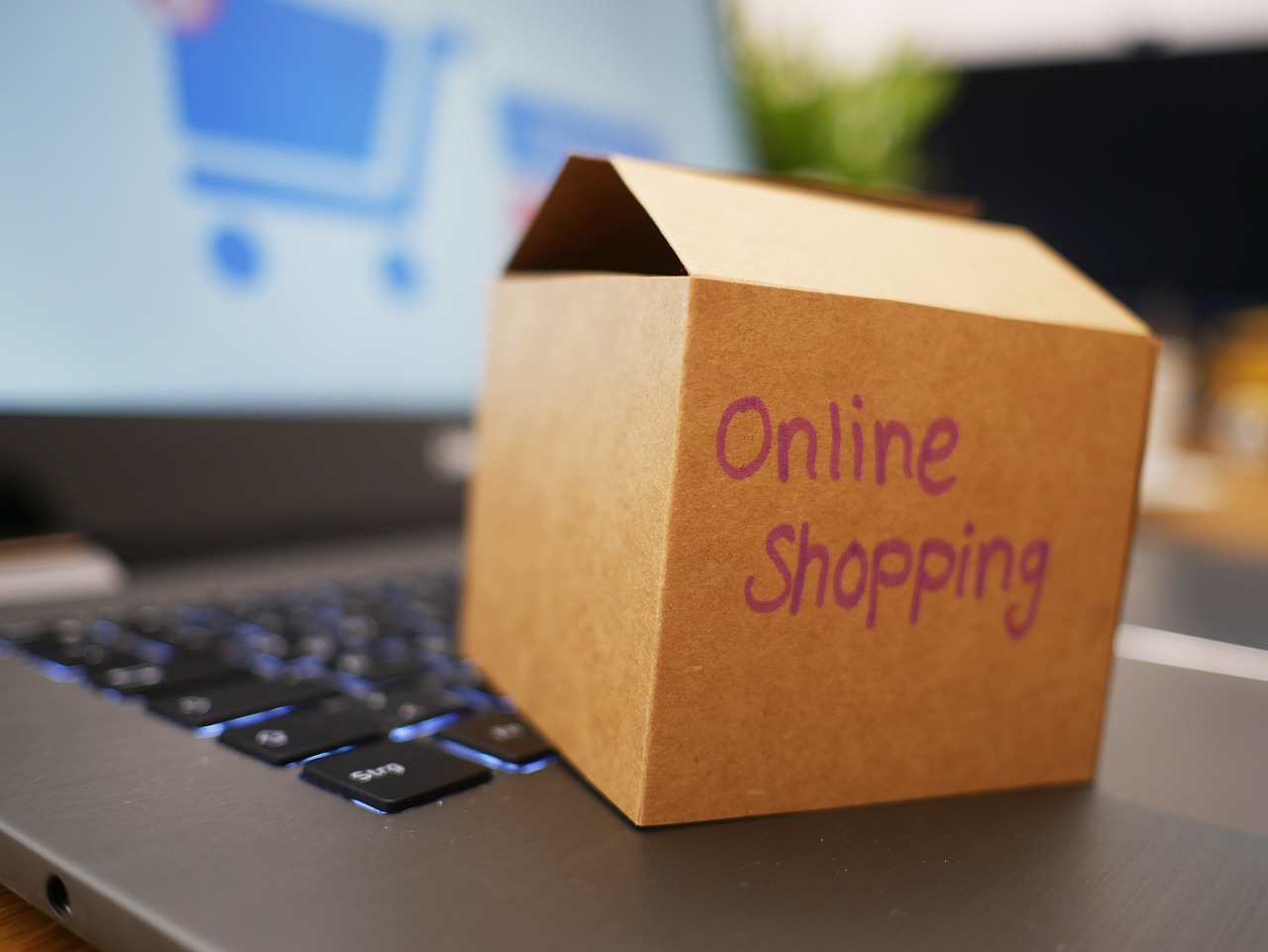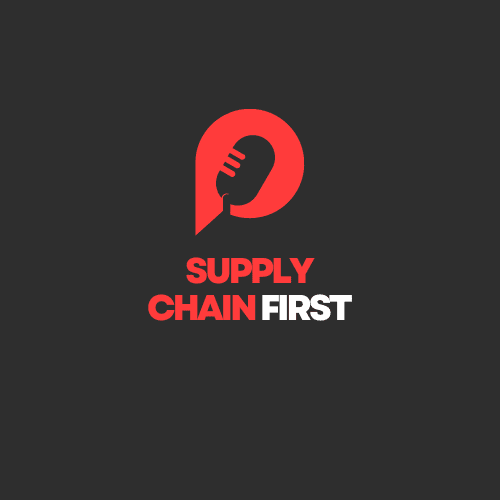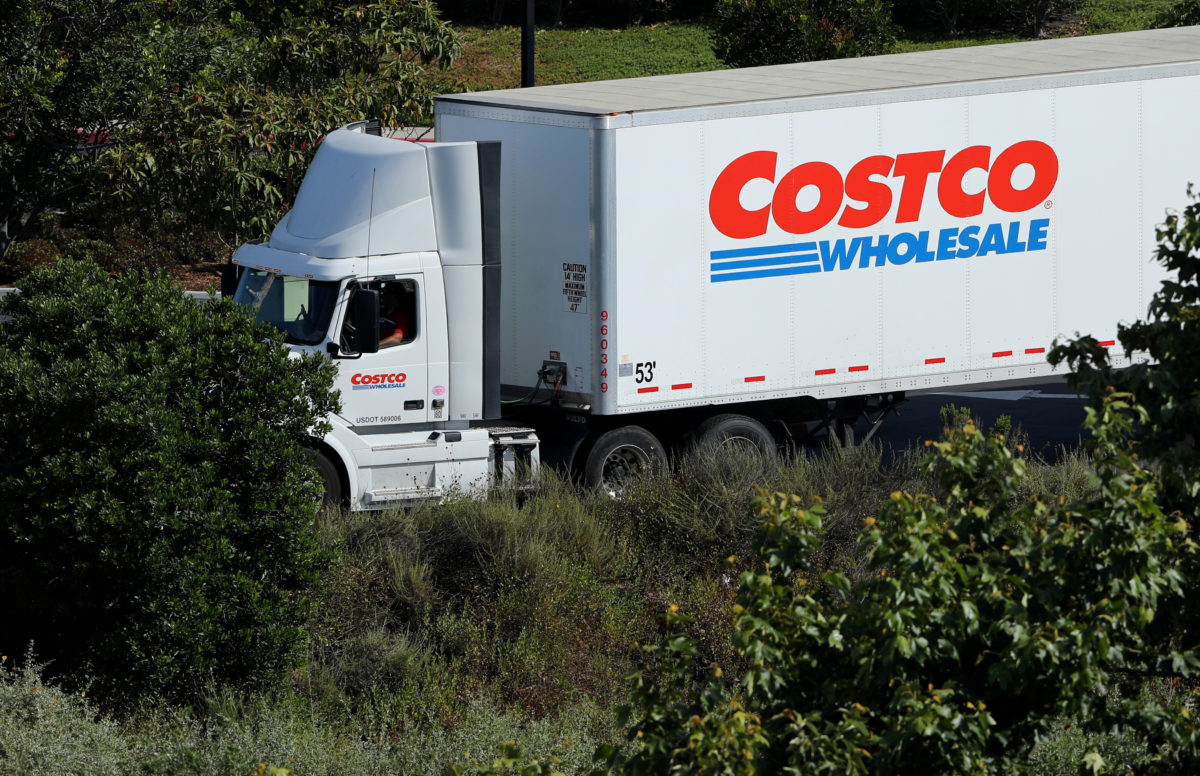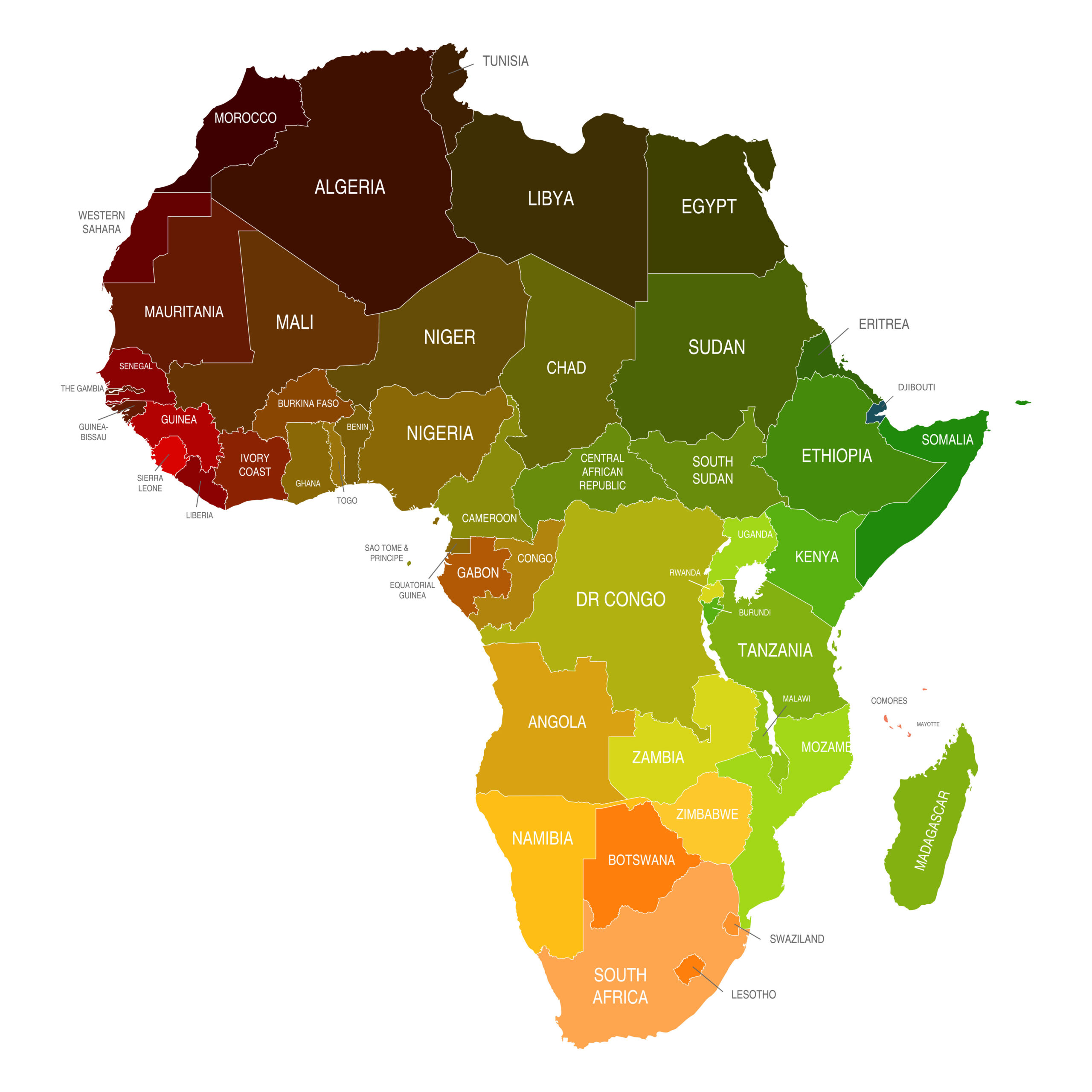U.S. Online Grocery Sales Surge to $9.7B in March, Marking 21% Year Over Year Growth

About 30% of households use delivery, pickup, and ship-to-home options based on grocery shopping needs.
In March 2025, United States online grocery sales climbed to $9.7 billion, representing a significant 21% increase compared to the same period last year, according to the latest data from Brick Meets Click. This growth not only highlights the continued shift in consumer shopping behaviour but also marks the eighth consecutive month that online grocery sales have surpassed the $9.5 billion mark.
Delivery Dominates
Delivery has increased its share of total online grocery sales from 26% in 2019 to an impressive 43% as of March 2025, with year-over-year sales surging by more than 30%. What’s driving this growth? A sharp rise in monthly active users (MAUs), largely fuelled by aggressive discounts on annual memberships and subscription plans offered by retailers and third-party providers.
For leading retailers like Amazon, Walmart, and Costco, as well as online marketplace platforms, the message is clear: today’s shoppers are increasingly willing to commit to annual subscriptions if it helps them save money while meeting their needs. These membership deals not only attract first-time users but also play a crucial role in fostering long-term loyalty. By offering benefits such as discounts, free delivery, or exclusive access, retailers can convert occasional shoppers into regular, high-frequency customers with larger order sizes. This shift in shopping behaviour helps retailers build a more loyal customer base, driving increased sales and a competitive advantage in the growing online grocery market.
Pickup Remains Strong
Even though Delivery is taking the spotlight, Pickup continues to gain quiet momentum, particularly in the Supermarket segment, due to membership benefits that reduce or eliminate service fees, making it more cost-effective. This is especially important as supermarkets tend to charge service fees more frequently than large-scale retailers. As a result, Pickup’s share of online grocery sales has grown from 32% in 2018 to nearly 39% by March 2025.
Convenience and cost are key factors. Retailers that streamline Pickup and minimize fees are better positioned to attract budget-conscious shoppers seeking flexibility without added expenses.
Ship-to-Home’s Decline: From 42% to 18% of Online Grocery Sales
Before the pandemic, Ship-to-Home was a dominant fulfilment method in the online grocery space, accounting for 42% of all sales. By March 2025, however, this figure had dropped to just 18%, reflecting a shift in consumer behaviour toward more efficient fulfilment methods such as Delivery and Pickup.
This decline in market share highlights the growing demand for faster, more convenient options for grocery shopping. While it experienced a modest rebound in 2024, its role is now more niche, primarily serving non-perishable goods and specialty products. As fresh groceries and daily essentials are increasingly purchased through Delivery or Pickup services, Ship-to-Home continues to serve a specific purpose for bulk and specialty items, showing that different fulfilment methods are evolving to meet varying consumer needs in the modern supply chain.
The Rise of Multi-Method Fulfilment in Online Grocery: A Supply Chain Perspective
There is a significant shift in the online grocery sector, more consumers are now adopting multi-method fulfilment strategies. Before the pandemic, only about 15% of shoppers used more than one fulfilment option Delivery, Pickup, or Ship-to-Home within a 30-day period. As of 2025, that figure has doubled, with nearly 30% of households now selecting methods based on convenience, urgency, and product type.
This shift presents new challenges and opportunities for the grocery market. Retailers can no longer rely on a single-channel model or one-size-fits-all promotional strategies. Instead, supply chains must evolve to support seamless coordination across multiple fulfilment methods, ensuring inventory visibility, efficient order routing, and last-mile flexibility.
As more retailers invest in integrated networks and leverage data to personalize customer experiences across all channels, they are better positioned to gain a competitive edge.














